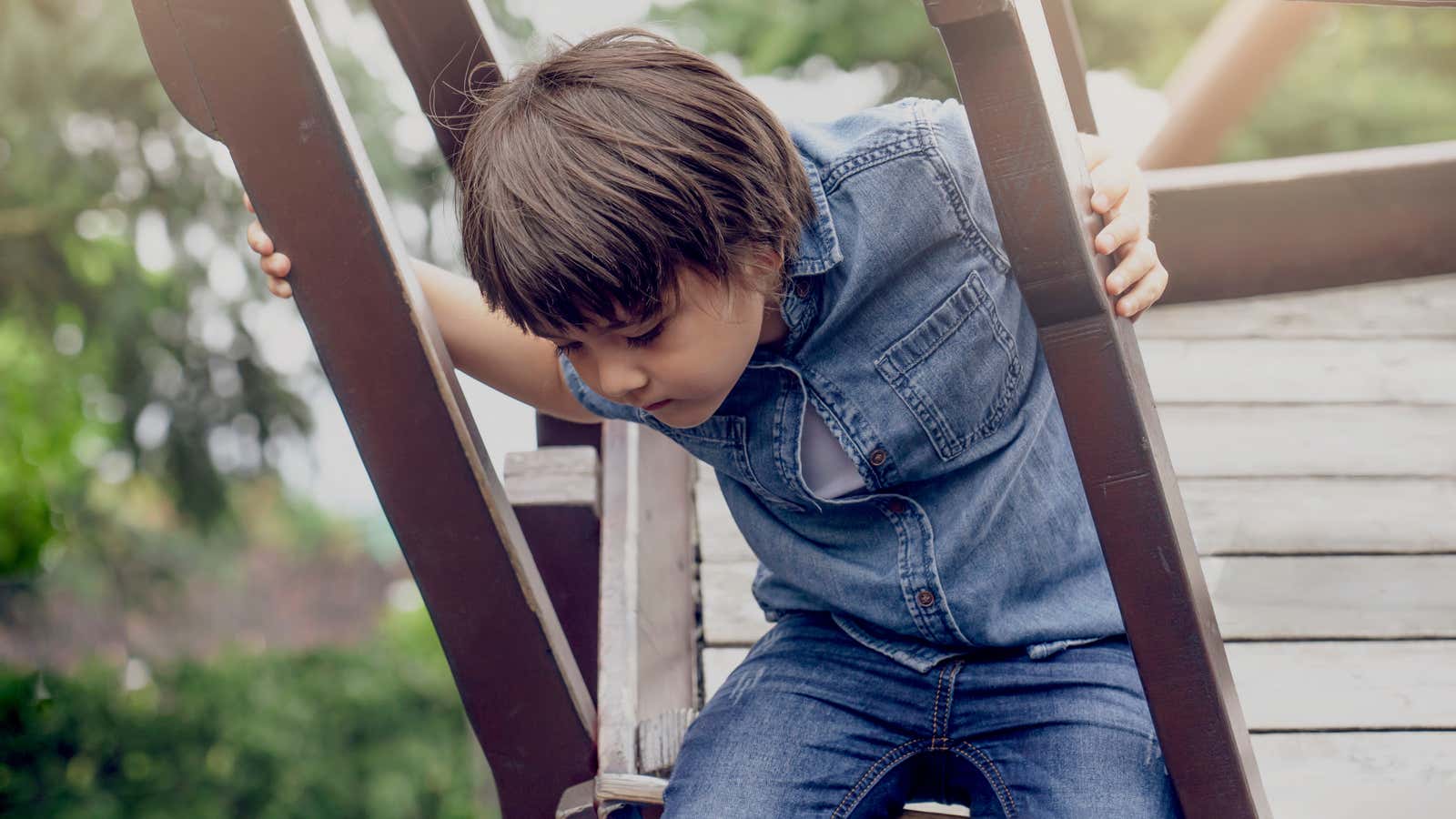Playgrounds Are Too Safe

In many other countries, especially in Europe, children play among literal rubbish: discarded tree and old tires, ropes, poles and climbing structures. Objects that they can create or manipulate themselves, sometimes with real tools.
They used to be called “trash grounds” but now we call them “adventure playgrounds” because they sound cooler and less scary. And while you can find several of these adventure playgrounds throughout the United States , you’re much more likely to find a variety of garden playgrounds in your area – slides, swings, and possibly a set of monkey bars.
Adventure parks are more about exploration than re-descending the same plastic slide. Architect Aldo van Eyck , who designed hundreds of such playgrounds in Amsterdam after World War II, called his domes, poles, frames and climbing bars “tools for the imagination.” And that’s what most playgrounds in the United States lack – imagination. Grit. Risk.
Everything in our playgrounds, from the materials used to the construction of the equipment, to the fencing to keep children out of wandering, is designed with safety in mind. Even the very ground of our new playgrounds is often made from recycled rubber. Because we will do everything in our power to keep them from falling, but if they do, we want them to bounce back and not face the horror of a scratched knee.
How can we expect our kids to be tough if they never had to get up and brush them off?
Today’s children have so little risk in their daily lives. They do not run out to play with the neighbour’s children all day, but only return when the street lights are on. They don’t go to school on their own, they don’t walk the dog around the block, or heck, they don’t even wait in a locked car while we run to the store for one or two items. Because something could happen.
Something could have happened on the adventure playground. They could have fallen from the tree they were climbing, or they could have hammered in with a finger instead of a nail in the fort they were building. But this is a much more effective way of teaching children to be careful than watching their every move by shouting, “Be careful!” every time their foot slips or their balance is shaken.
Plus, trash parks are more fun. Nicola Butler, chairman of Play England , tells The Guardian that the more objects a child can manipulate, the more enjoyment they have:
Butler was worried that playgrounds had become less risk averse as a result of the claims culture of the 1990s and 2000s. “Climbing frames were getting smaller, roundabouts and swings moved more slowly and were designed with more limited movement. When playgrounds are truly safe and boring, children instead climb to bus stops because it’s more fun. ”
You can encourage your children to look for small risks, test their limits, and be more confident on the other side. And if you can’t find a public place that allows it, well, you can always create one in your backyard .